HMS Ocean was a 98-gun second-rate ship of the line of the Royal Navy, launched from Woolwich Dockyard on 24 October 1805. She was the only ship built to her draught, and designed by Sir John Henslow.
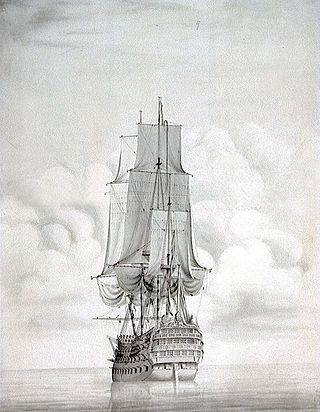
HMS Vanguard was a 90-gun second-rate ship of the line of the Royal Navy, built at Portsmouth Dockyard and launched in 1678.
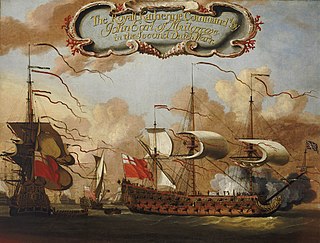
HMS Royal Katherine was an 84-gun full-rigged second-rate ship of the line of the Royal Navy, launched in 1664 at Woolwich Dockyard. Her launching was conducted by Charles II and attended by Samuel Pepys. Royal Katherine fought in both the Second and Third Anglo-Dutch Wars and afterwards, the War of the Grand Alliance before entering the dockyard at Portsmouth for rebuilding in 1702. In this rebuilding, she was upgraded to carry more guns, 90 in total, and served in the War of the Spanish Succession during which she was renamed Ramillies in honour of John Churchill's victory at the Battle of Ramillies. She was rebuilt again in 1742–3 before serving as the flagship of the ill-fated Admiral John Byng in the Seven Years' War. Ramillies was wrecked at Bolt Tail near Hope Cove on 15 February 1760.
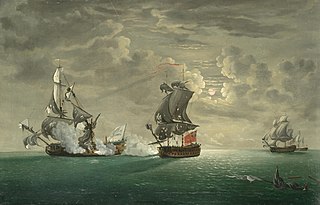
HMS Monmouth was a 66-gun third-rate ship of the line of the Royal Navy, and was likely named for James, Duke of Monmouth. She served from 1667 to 1767, winning ten battle honours over a century of active service. She was rebuilt a total of three times during her career—each time effectively becoming a completely new ship.

HMS Medway was a 74-gun third rate ship of the line of the Royal Navy, launched on 19 November 1812 at Northfleet.
HMS Rupert was a 64-gun third rate ship of the line of the Royal Navy, launched at Harwich Dockyard on 26 January 1666 and broken up in 1769.

HMS Woolwich was a 54-gun fourth rate ship of the line of the Royal Navy, built by Phineas Pett III at Woolwich Dockyard and launched in 1675. She underwent a rebuild in 1702.

Victory was a great ship of the English Navy, launched in 1620 and in active service during the seventeenth century's Anglo-Dutch Wars. After a seventy-year naval career, she was broken up at Woolwich Dockyard in 1691 and her timbers reused in other vessels.
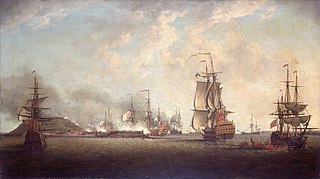
HMS Neptune was a 90-gun second-rate ship of the line of the Royal Navy. She was built under the 1677 "Thirty Great Ships" Programme and launched in 1683 at Deptford Dockyard.
HMS Shrewsbury was a three-decker 80-gun third-rate ship of the line of the Royal Navy, built by Joseph Allin the elder and launched at Portsmouth Dockyard on 6 February 1695.
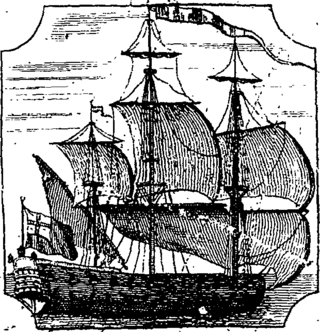
HMS Weymouth was a 50-gun fourth rate ship of the line of the Royal Navy, launched at Portsmouth Dockyard on 8 August 1693. She was one of two 50-gun ships ordered on 15 August 1690 to be built by Master Shipwright William Stigant at Portsmouth Dockyard. However, unlike the Norwich, the Weymouth was delayed until 1693 and - instead of the 123 ft length originally specified - was lengthened to 132 ft 4 in, thus becoming the prototype for the 1693 batch ordered with a design extended to some 130 ft.
HMS Coventry was a 50-gun fourth rate ship of the line of the English Royal Navy, one of five such ships authorised on 16 November 1693. The Coventry was built by Master Shipwright Fisher Harding at Deptford Dockyard and launched there on 20 April 1695.

HMS Dartmouth was a 50-gun fourth-rate ship of the line of the Royal Navy, one of eight such ships authorised by the Navy Board on 24 December 1695 to be newly built ; the others were the Hampshire, Winchester, Salisbury, Worcester, Jersey, Carlisle and Tilbury. The contract for the Dartmouth was signed in 1696 with shipbuilder James Parker, for the ship to be built in his site in Southampton, taking the name of the previous Dartmouth of 1693, and she was launched there on 3 March 1698.
HMS Worcester was a 50-gun fourth rate ship of the line of the Royal Navy, one of eight such ships authorised by the Navy Board on 24 December 1695 to be newly built ; the others were the Hampshire, Dartmouth, Salisbury, Winchester, Jersey, Carlisle and Tilbury. The contract for the Worcester was signed with shipbuilder Robert Winter on 26 February 1696, for the ship to be built in his yard at Northam in Southampton, and she was launched there on 31 May 1698.
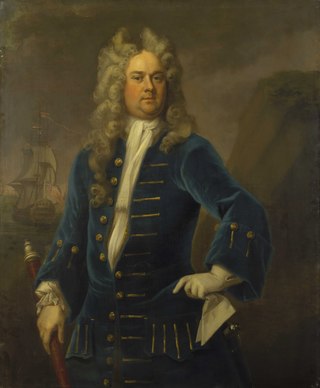
HMS Chatham was a 50-gun fourth rate ship of the line of the Royal Navy, the first of five such ships to be ordered in 1690. The Chatham was built by Master Shipwright Robert Lee at the eponymous dockyard, and launched on 20 October 1691. She was designed to the same lines as Lee's previous 50-gun ship, the Sedgemoor of 1687 - her specification was for a length of 123 ft, breadth of 34ft 3in and depth in hold of 13ft 9in, although she measured very slightly more on completion.

HMS Portland was a 50-gun fourth rate ship of the line of the Royal Navy, launched at Woolwich Dockyard on 28 March 1693. One of two 50-gun ships ordered on 17 February 1692.

HMS Guernsey was a 50-gun fourth rate ship of the line of the Royal Navy, one of four ordered in September 1694 to be built by commercial contracts; eight further ships of this type were ordered on 24 December. The Guernsey was built by Sir Henry Johnson's Blackwall Yard and launched on 6 July 1696.
HMS Warwick was a 50-gun fourth rate ship of the line of the Royal Navy, one of four ordered in September 1694 to be built by commercial contracts; eight further ships of this type were ordered on 24 December. The Warwick was built by Robert and John Castle at their Deptford shipyard and launched on 20 August 1696.

HMS Stirling Castle was a 70-gun third rate ship of the line of the Royal Navy, built at Chatham Dockyard to the 1733 proposals of the 1719 Establishment, and launched on 24 April 1742.

HMS Medway was a 60-gun fourth rate ship of the line of the Royal Navy, built at Deptford Dockyard to the draught specified by the 1745 Establishment, and launched on 14 February 1755. The launch was painted at least twice by John Cleveley the Elder.














